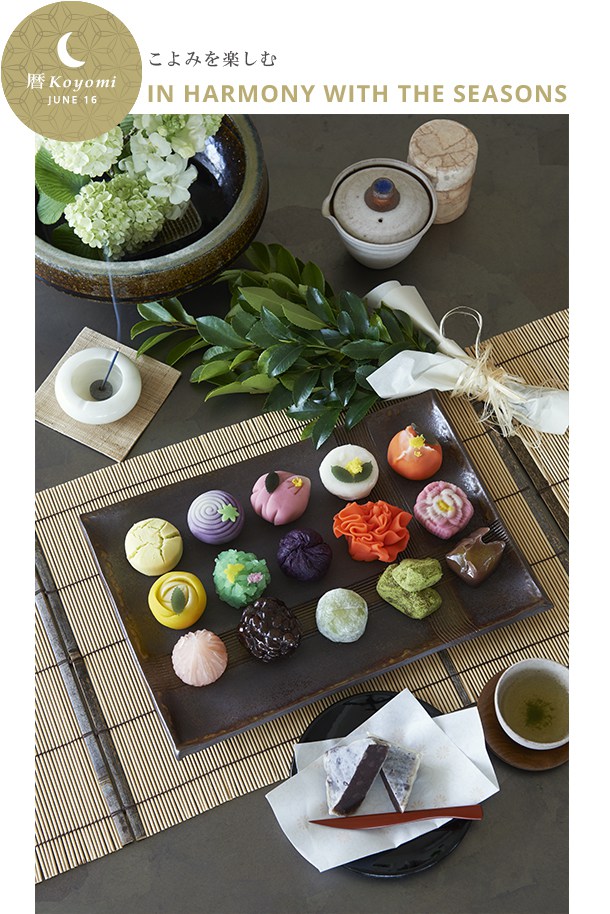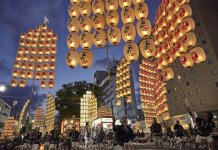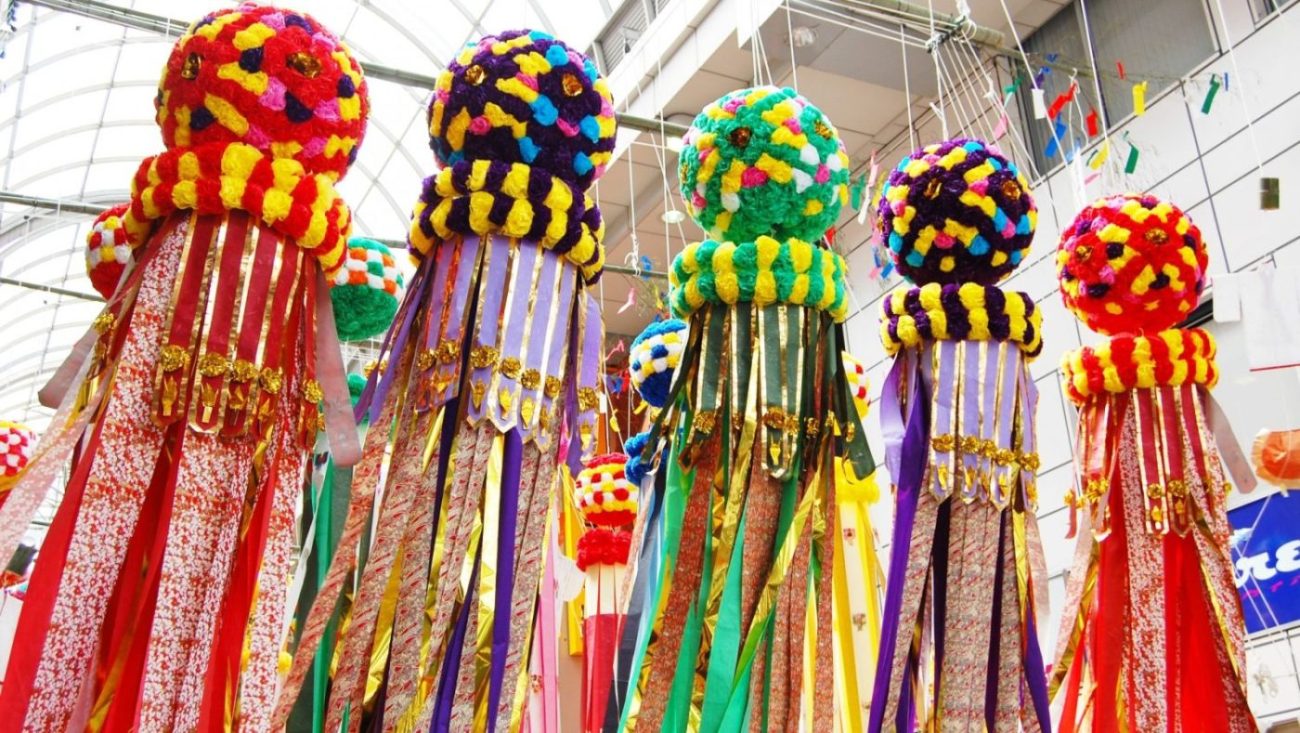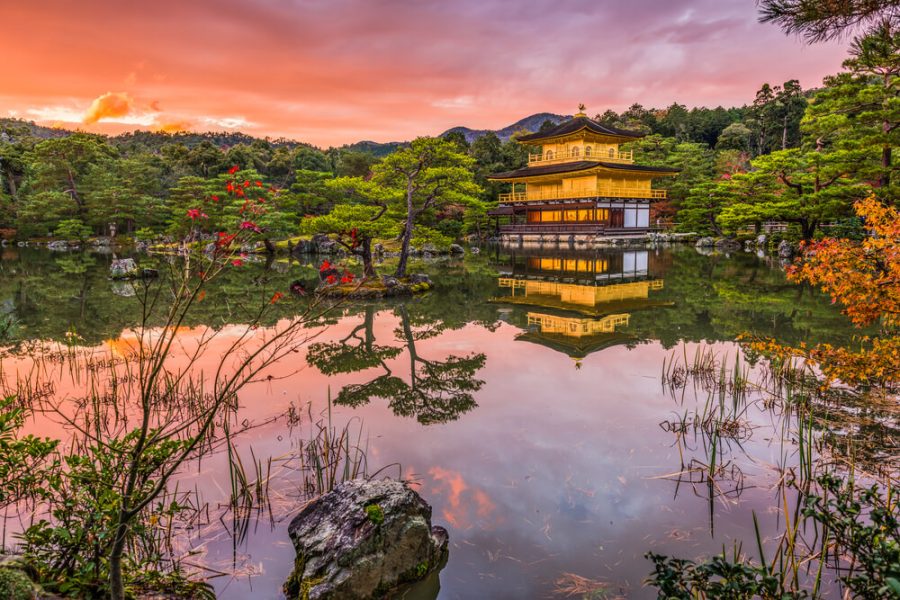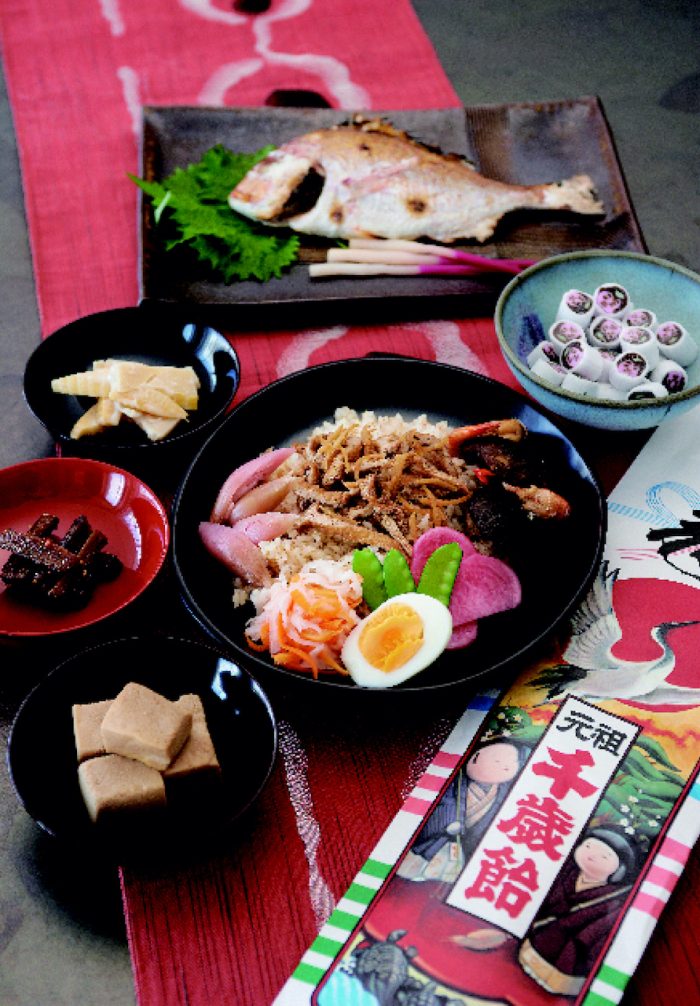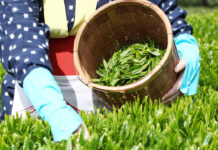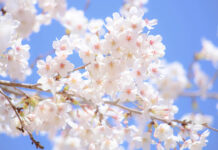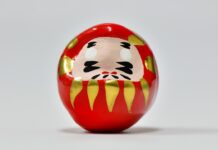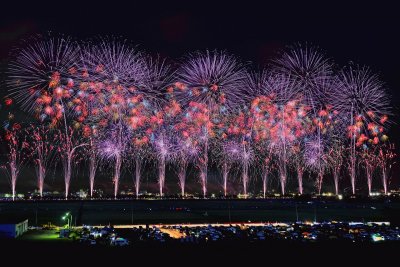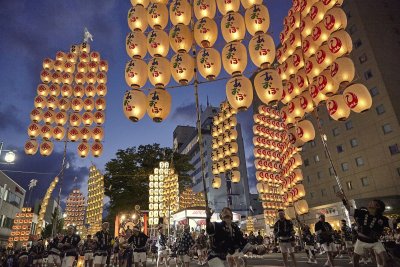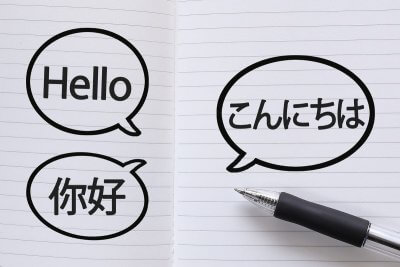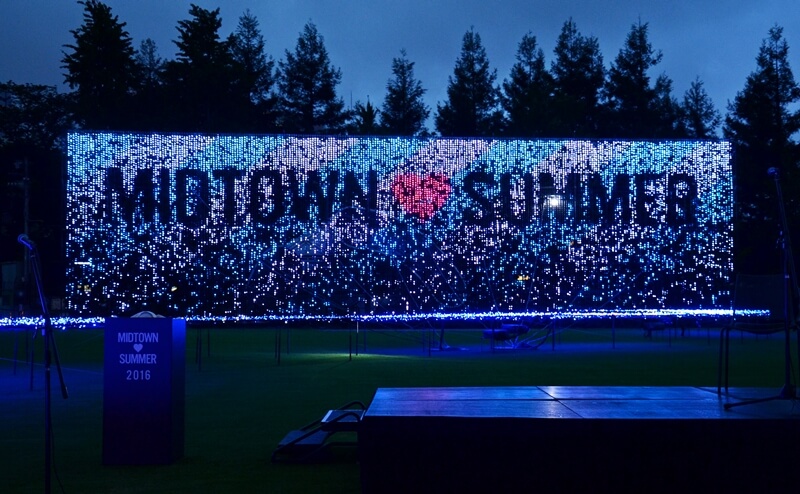Prior to the Meiji period, a custom had been observed in Japan to eat sweets on the day marking Kashou. Legend has it that the custom originated with the backdrop of an epidemic that had been going around in 848 during the Heian era. Emperor Ninmyo had renamed the period Kashou and performed a ritual with an offering of 16 pieces of beautiful sweets as he prayed for the good health of his people on the 16th day of June.
While there seem to be various views on where this number 16
While there seem to be various views on where this number 16
came from, the 16th of June in the old lunar calendar seems to fall under a full moon, or the sixteenth day of a lunar month during the peak heat of summer. Perhaps the people at the time offered prayer on the night that was brightly lit by the moon when the world was believed to be linked with the other universe, offering delectable sweets to try to ward off evil that would come from the sixteen directions of the worlds. Confectionaries had been believed to soothe the violent souls of beings from the other world.
These types of festivals were conducted in all parts of Japan during those ancient periods when the curses of vengeful spirits had been believed to cause an illness or a disaster.
Rieko Ido
A graduate of Kokugakuin University, researcher of ancient Japanese customs and knowledge, conducting technical analysis on findings to apply them to modern lifestyles. Currently teaches at Tama Art University.
 0
0

